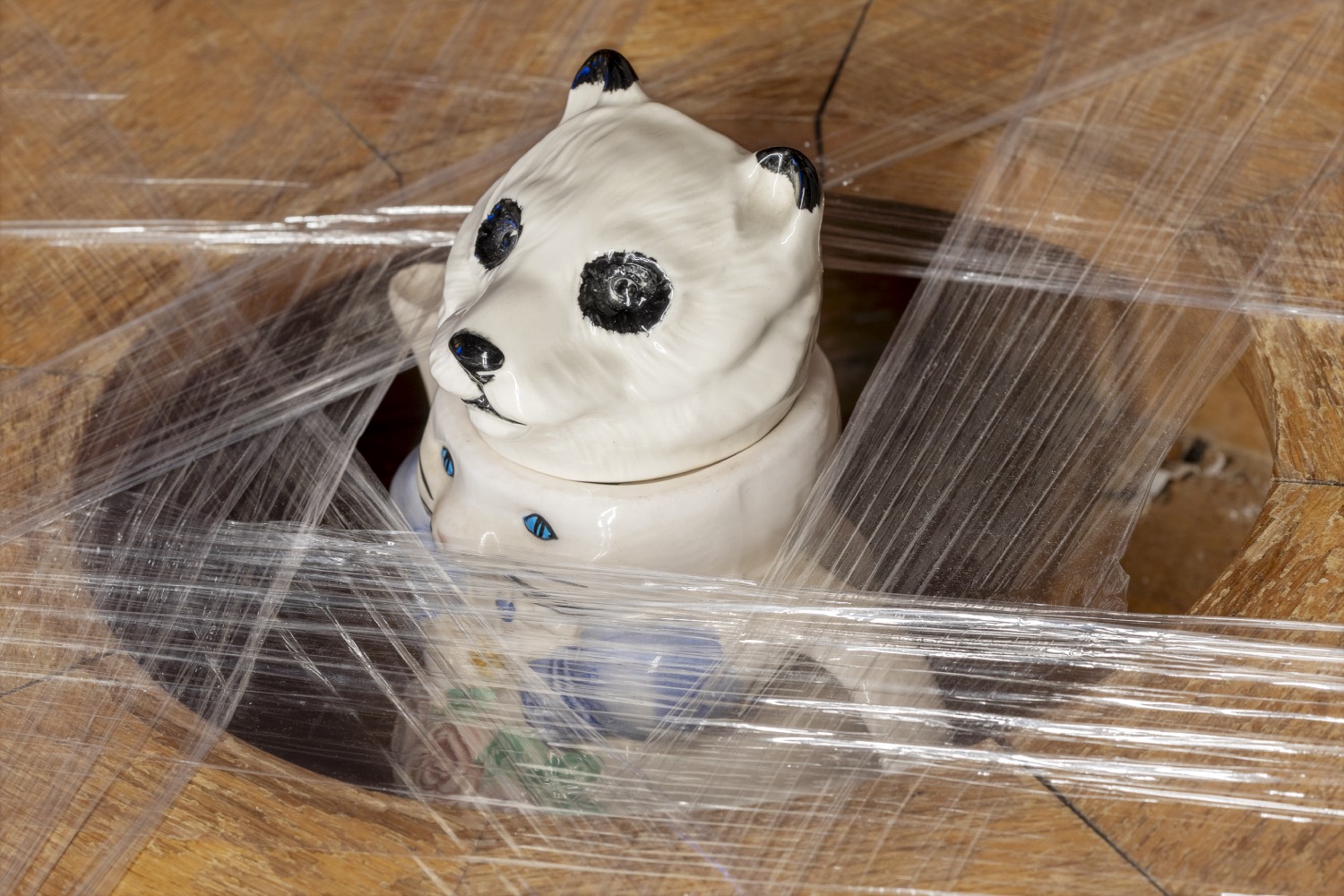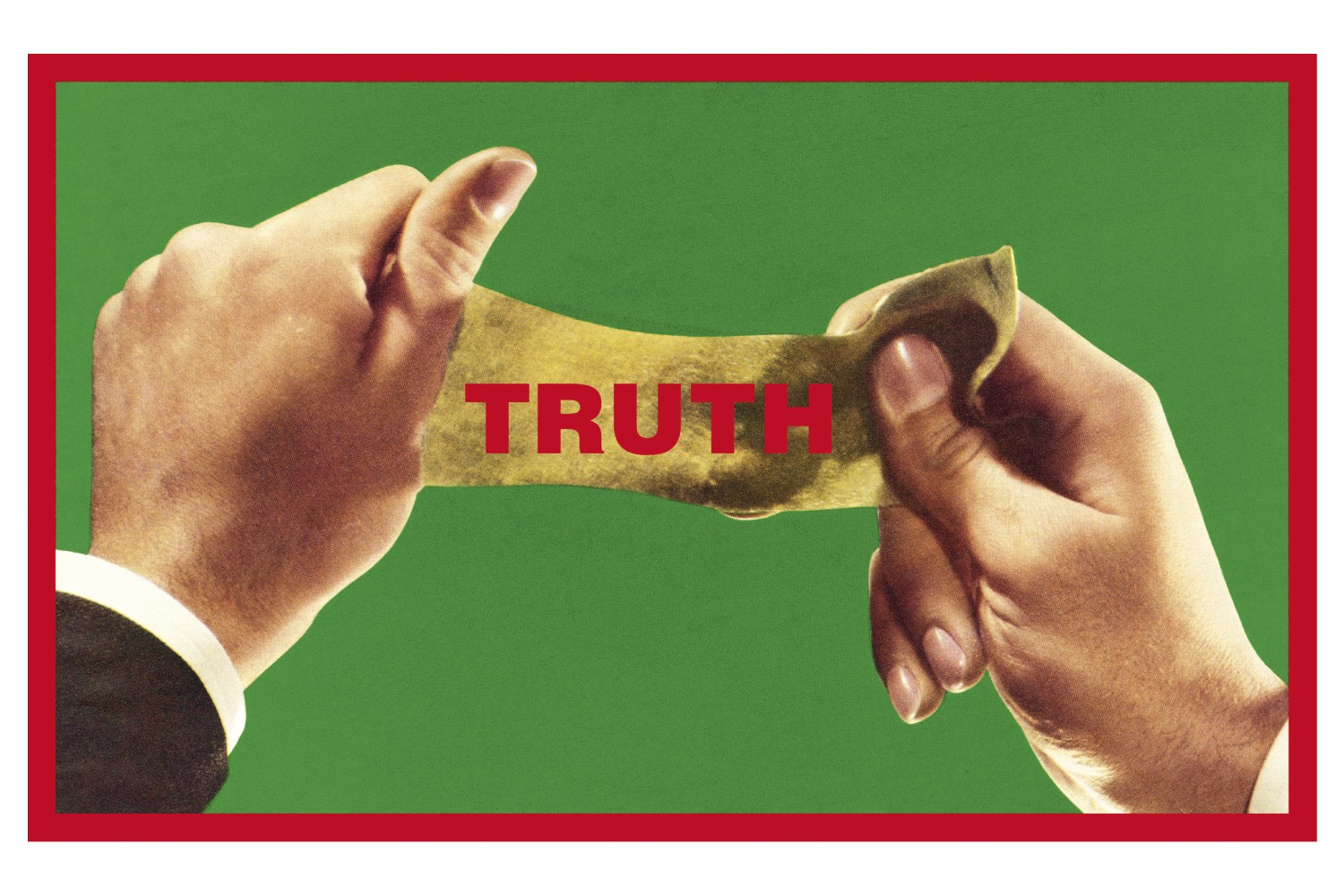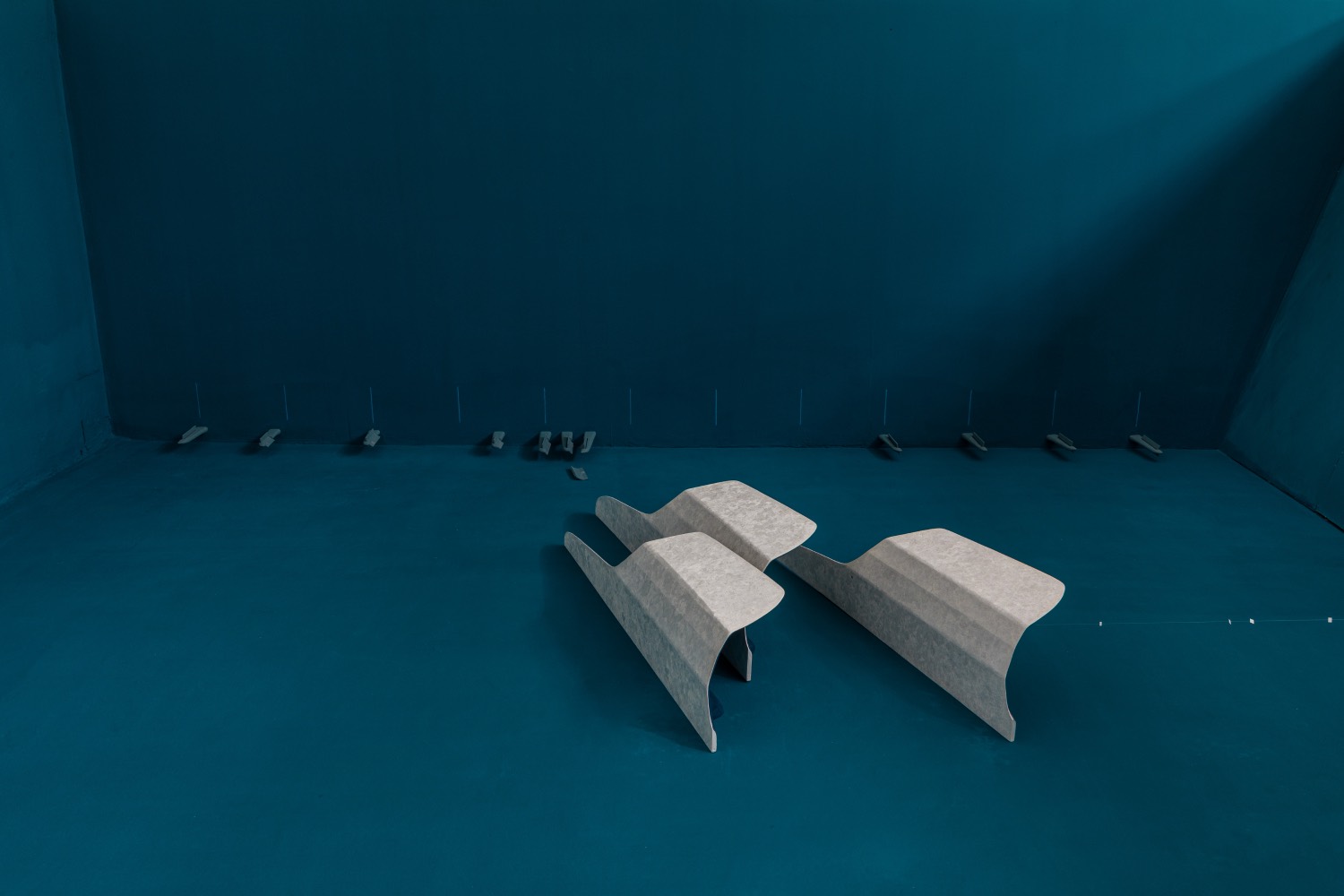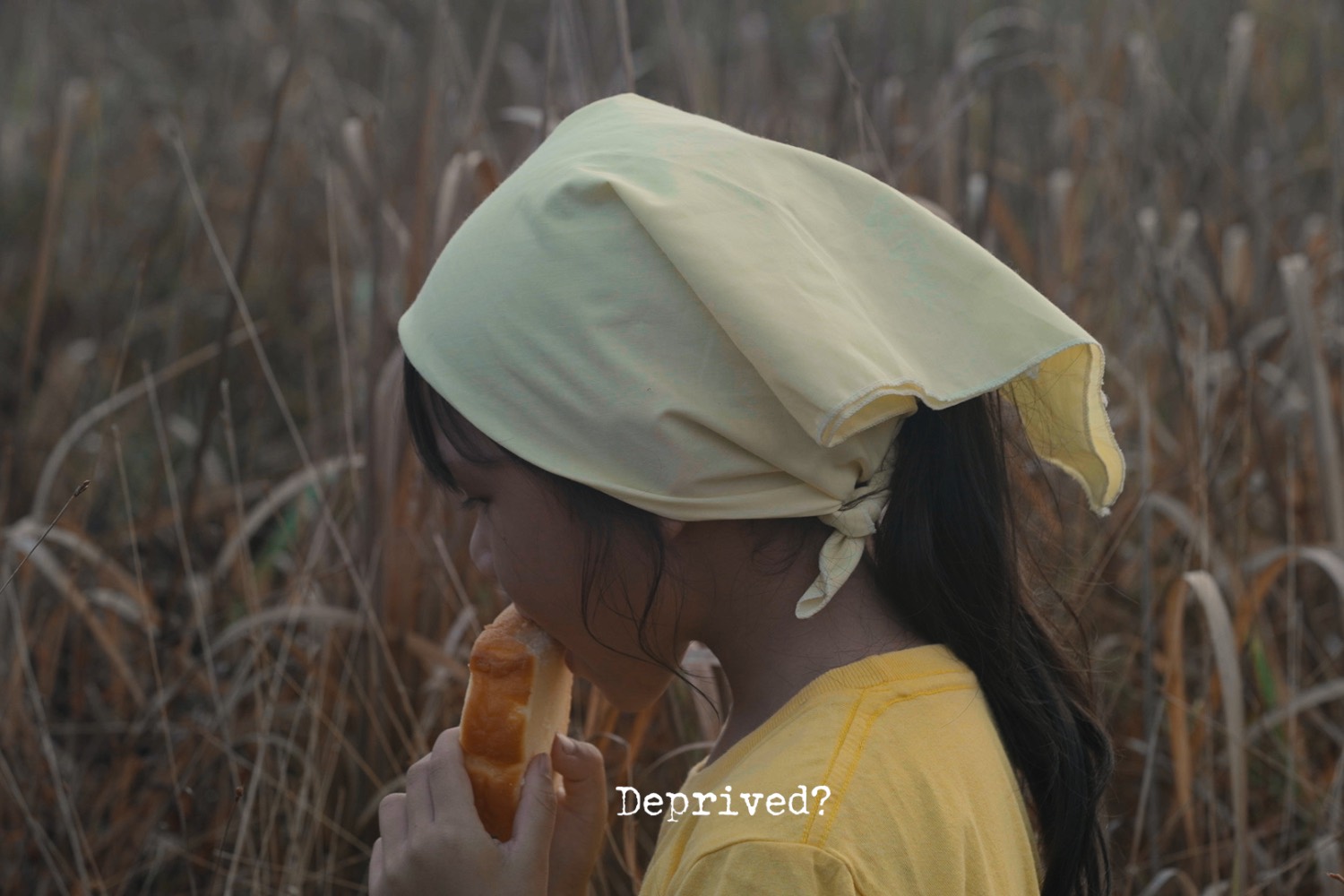Originally published in Aperto ’93: Emergency/Emergenza, Giancarlo Politi Editore, 1993.

The European scene of late has been dominated by the tendency toward division and wars of division. Paradoxically, Slovenian philosopher Slavoj Žižek has noted that Yugoslavia might well represent our future, our twenty-first century, with all the cynical irony that a statement of this type entails.
Moral progress, however, continues apace and is gravitating toward a heightened sense of human solidarity. This is not to be construed as an awareness of a central “self,” a human essence, but of knowing how to detract importance from traditional differences (tribe, religion, race, customs, and so on) when confronted with the resemblance of pain, with suffering, and knowing how to encompass, within the sphere of “we,” people who are immensely different from us. Large-scale exhibitions could benefit from such an approach.
Richard Rorty suggests that the main contribution made by modern intellectuals toward moral progress has been their detailed accounts of particular pain and humiliation, through the novel, ethnographic studies, and so on, while recent events have demonstrated the extent to which we cannot close ourselves off in “our” world. The Second and the Third Worlds lie outside but are also to be found within us. A third of the First World is already in the Third World.
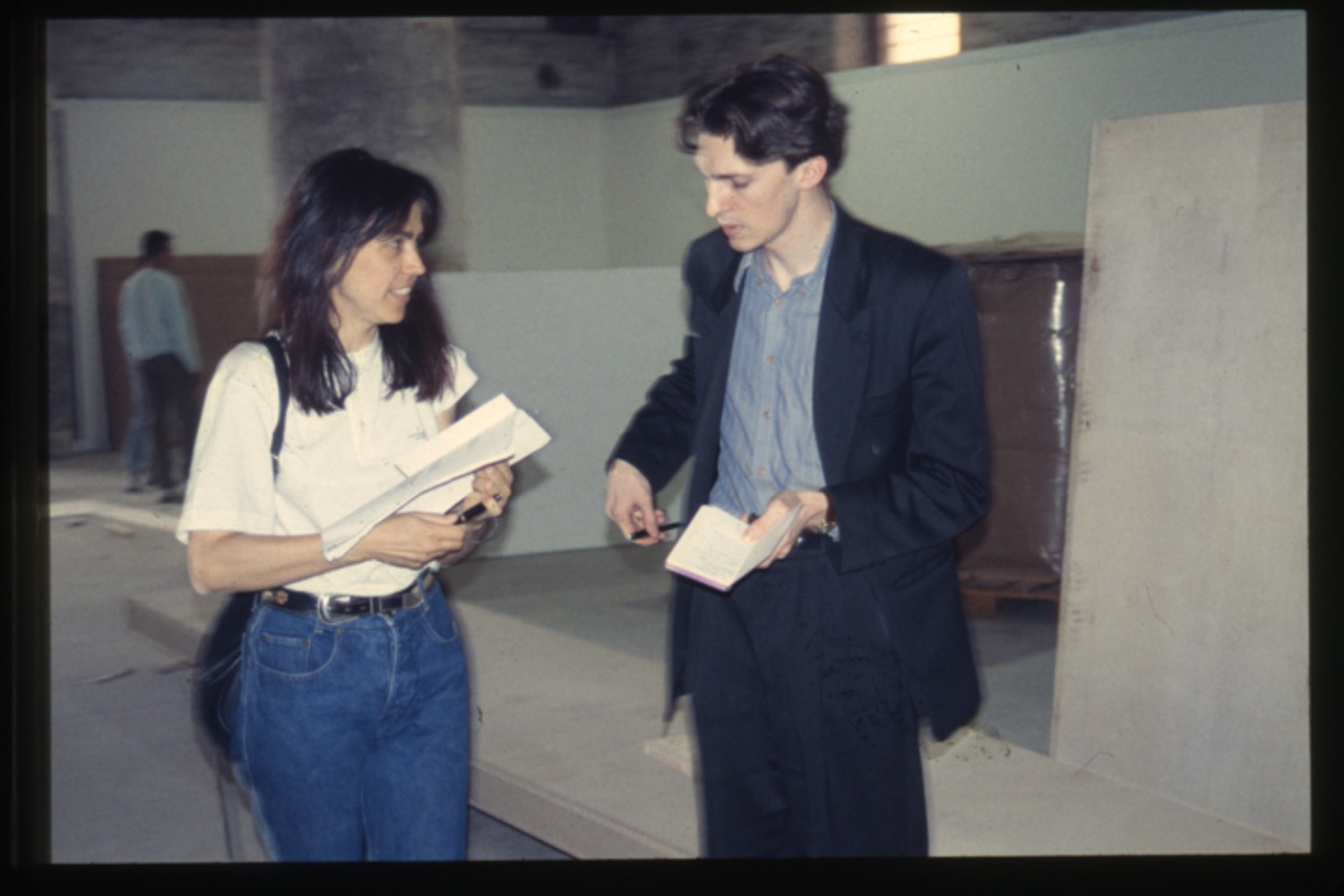
Jacques Lacan commented that communication with the Other exists because we are divided and because the Other is already incorporated into this division; what we are looking for in the Other is our own missing part, and it is precisely this antagonism that brings us together. According to Lacan, our discourse is already the discourse of the Other.
Reality and social issues are the areas from which the various themes of today hail; art cannot help but criticize this world from within. And critique takes on an increasingly important role within a system which has already assumed global dimensions. The problem, however, remains: given the loss of centralized power and the existence of so many individual powers that prevent power from being consolidated, who should we be addressing? The enemy on the outside has disappeared and, indeed, the enemy is not to be found outside but inside each of us.
It is with a sense of increasing urgency that artists nowadays are confronting the impossibility of taking up a definite stance while their operations move closer and closer to that open, fragile, effervescent mental structure, not unlike that of an adolescent, which is more adept at counterposing itself with the exigencies of contradictory messages and continuous shifts.
In her latest book, The New Maladies of the Soul (1993), Julia Kristeva reinstates the importance of the body and its stimuli in psychoanalysis in the reconstruction of the spiritual life of the patient, according to the psychoanalyst the necessity to adopt the same open and fragile structure in order to achieve a heightened communicative and emotional oscillation toward the patient.
However, the need to leave something that might provoke some form of interchange between the work of art and the spectator is particularly evident in the output of the artists in this show, artists who often set off in search of the effects of unease, oscillation and displacement, and of visual or physical violence, as if in an attempt to bring us back to ourselves as well as back into the world. Art, according to Lyotard, is that which withdraws from public space, as an area of penumbra where tragedy is set.
In an interview which was released soon after the fall of the Berlin wall, Heiner Müller observed that the great opportunity we have been offered by the interchange between East and West lies in the absorption of the results of the processes of acceleration that belong to the West into the slower rhythms that characterize the East.
According to Müller, as the people in the East are certainly closer to a reconciliation between the rhythms of life and work, the results of the accelerated processes might undergo similar humanization. It is a fascinating idea which also has its counterpart in economic theory. The speed and continued acceleration which modern Western civilization thrives on is often called into question from the point of view of efficiency, since excessive speed can lead to precisely the opposite: renewed immobility. “The space for freedom is growing narrower and narrower, and freedom demands space. When there is no more space, our lives will be like a terminal, a machine with doors that open and close. A labyrinth for laboratory guinea pigs.”1
It was Joseph Beuys who stated that the body is indispensable for the purposes of communication and that “there are no other means available to anyone, because even if I am only talking, I am using my whole body; that is to say, my throat, my tongue, and all the rest in order to communicate.”2 If we think of the pure, shining face of Beuys, aged with dignity and suffering as portrayed in the Japanese whiskey advertisement, it is the very image of salvation in comparison with something more harmful, as alcohol or drugs can be. It is hard to think of any artist today occupying his place, and even if there could be, the effect created would be completely different.
Young artists are suspicious of the media while, at the same time, they declare the impossibility of plotting out the territories of the natural, the cultural, the technological, the political, the sexual, or the emotional. Thus, the artist tends not to demonize singular aspects but to explore the de-territorialized interdependencies between Nature and Culture. The body is undergoing a new isolation as brought about by the experience of media technology, an isolation which has been heightened by the lust of the very same media.
Nowadays, in an environment of socio-economic forecasts, creativity is often referred to as a resource worthy of further exploration. The “total quality” which has enjoyed a certain amount of attention recently (and which, in economic terms, refers to the reliability of the product, borrows from the congenial mechanism of conceptual art where the works exist by dint of the evocative participation of the user. Francesco Morace discusses the phenomenon in his book Controtendenze (Countertendencies, 1990), which deals with programmed consumption; that is to say, when the ludic dimension, the gamble with goods, prevails over the function, the objects are not only consumed out of a desire to consume but a space of reflexive, contemplative fruition seems to come about. This new idea of consumption proposes an equilibrium between the material world and the immaterial world, whereby the former dimension is not necessarily penalized by the latter. Those who are more aware of their own limits, maintaining daily contact with death, as a matter of survival, will no longer follow the flux of desire with complete freedom but will be forced to dive down to greater depths.
Reality is still the greatest antidote for idealization and utopia. And this is the most pressing message of the artists in this exhibition.

